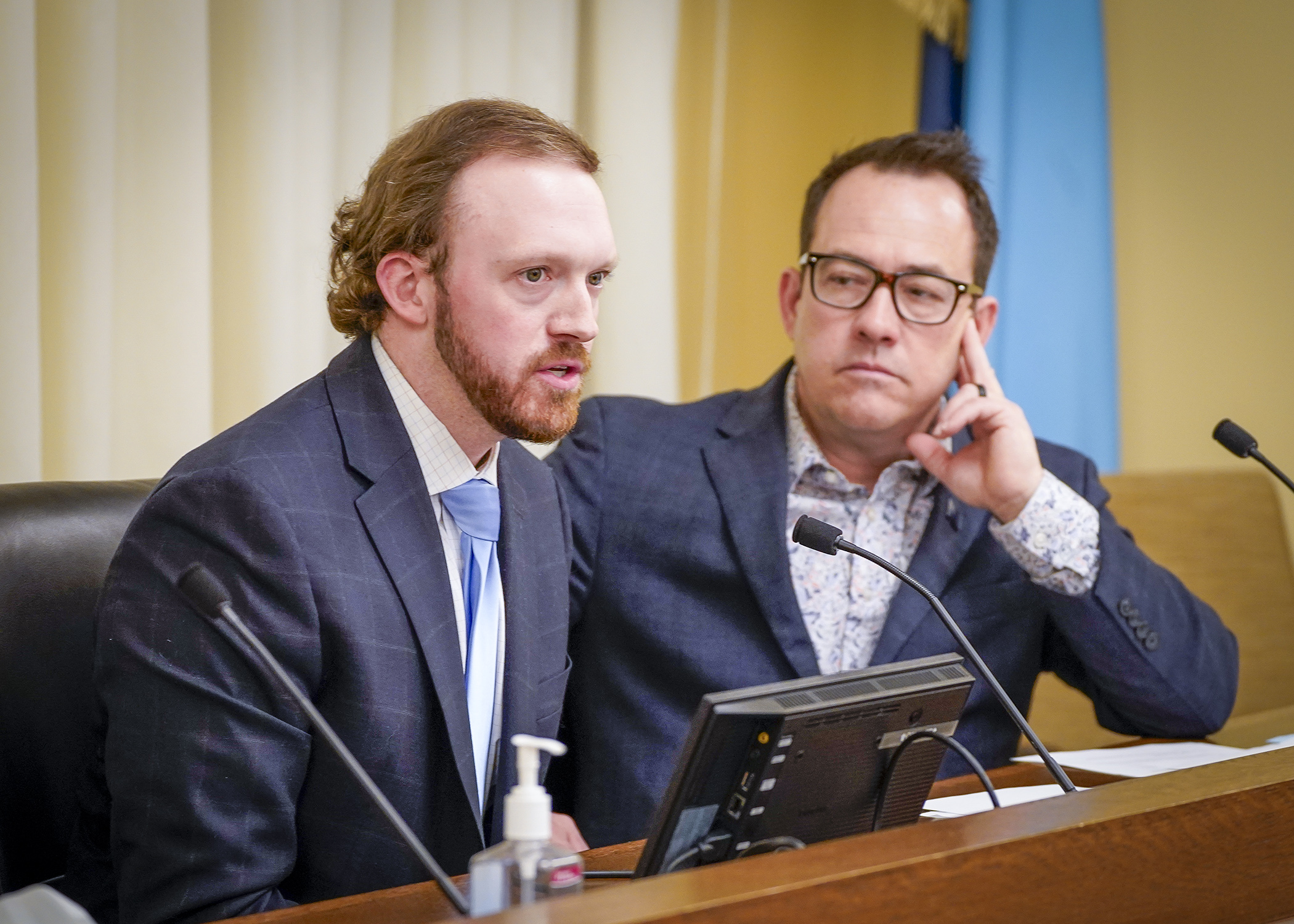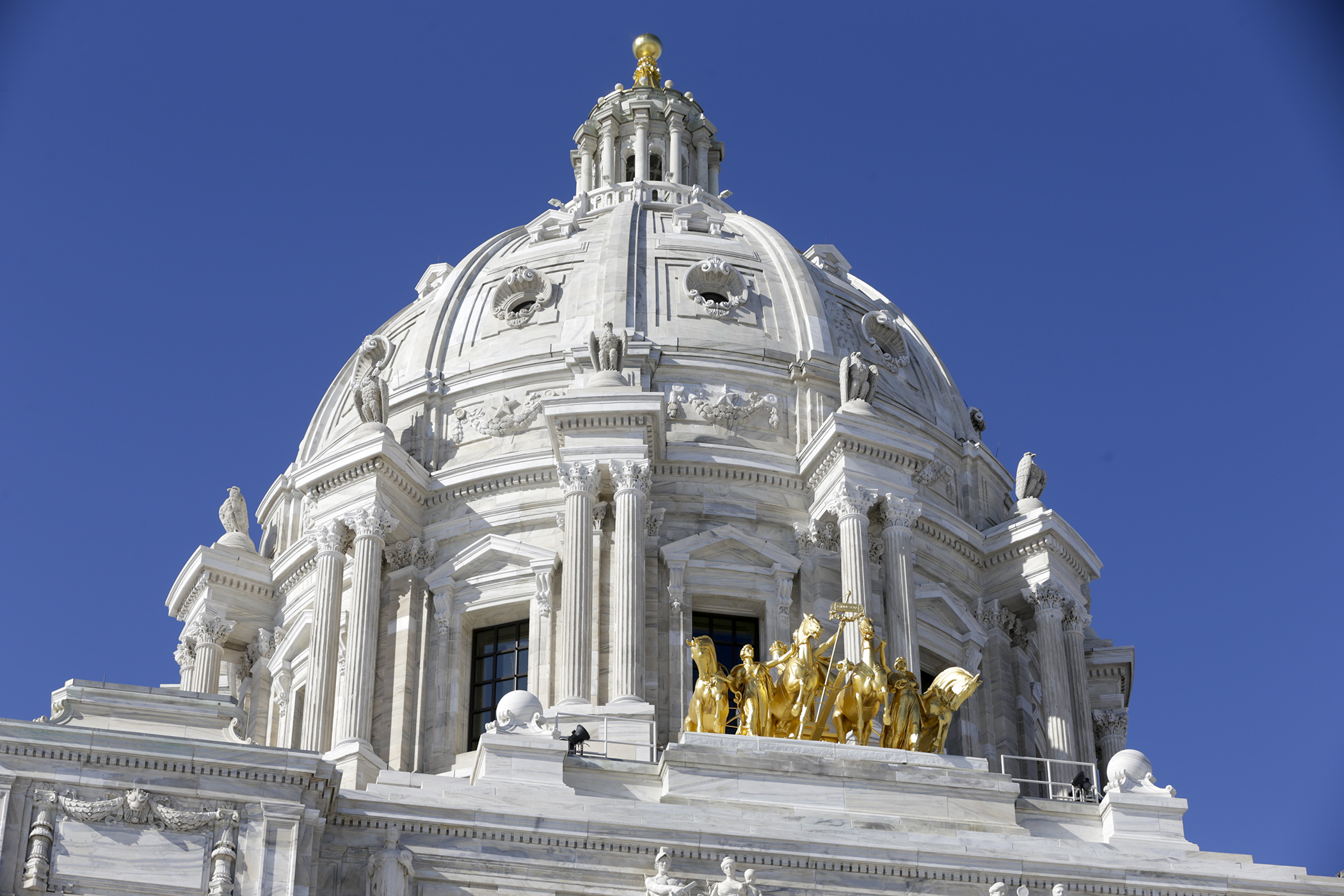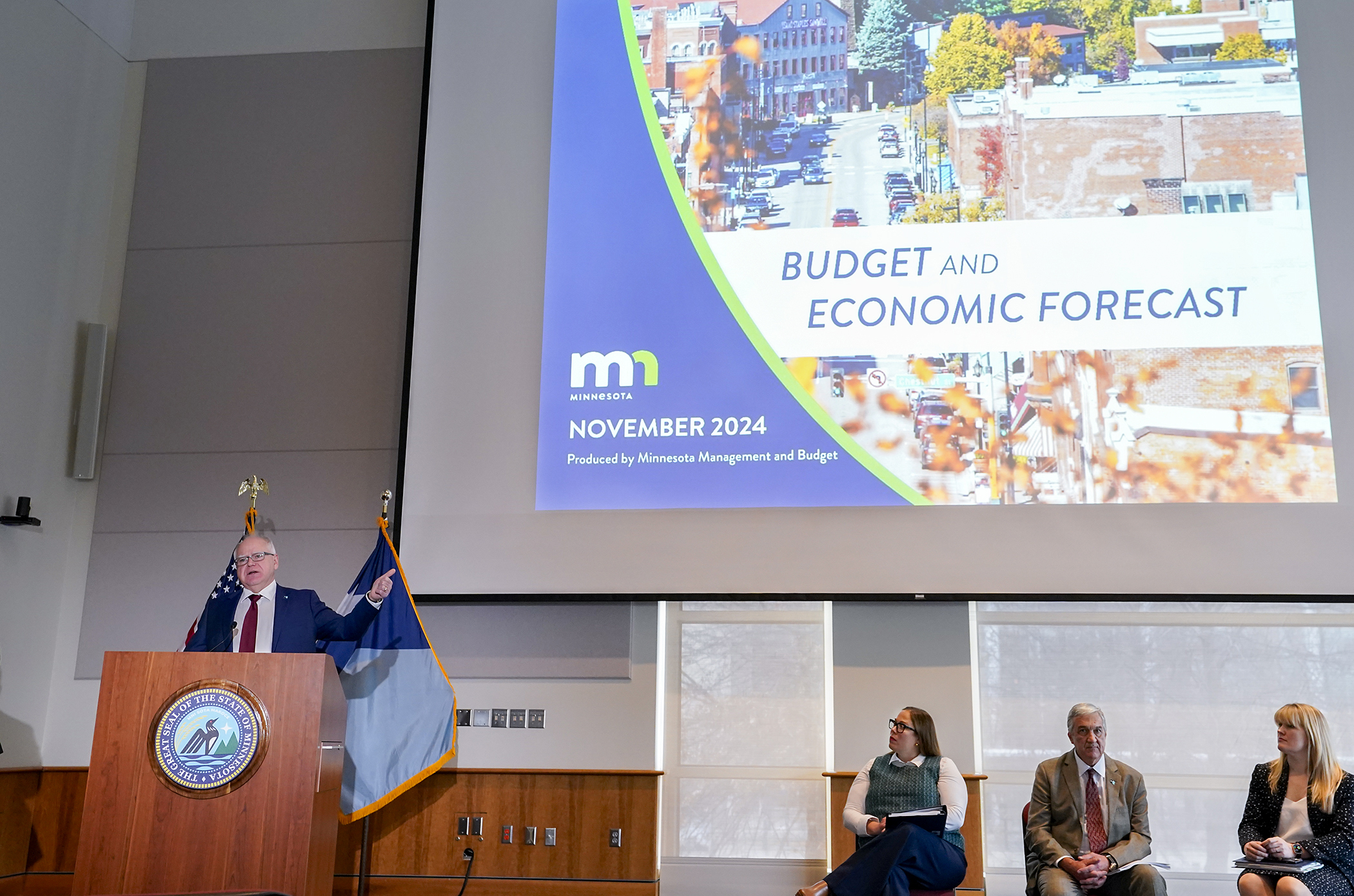Lawmakers look to target distressed areas for new development with tax credit

Like all things at the federal level right now, the future of the “new markets tax credit” remains uncertain. But even if it’s allowed to expire this year, Minnesota might be stepping up with one of its own.
Around since 2000, the federal New Markets Tax Credit promotes development in “severely distressed” census tracts by offering investors the incentive of a tax credit. Those investors provide capital to community development entities, and, in exchange, are awarded credits against their federal tax obligations.
Something very similar could be done at the state level via HF2360. Sponsored by Rep. Chris Swedzinski (R-Ghent), it would allow a credit for 50% of the amount an investor invests in a qualified community development entity.
Within one year from receiving an investment, a qualified community development entity would be required to make an investment in active community low-income businesses in Minnesota as defined by the federal credit.
On Thursday, the House Taxes Committee laid the bill over, as amended, for possible omnibus bill inclusion.
“This creates a state-level program that builds on the successful federal program,” Swedzinski said. “The big difference between this bill and what the feds do is to focus not only on the metro area – which is the primary focus of the federal program – but allow $100 million of this $200 million bill to be focused in Greater Minnesota.”
Of the credit, $50 million in fiscal year 2026 would be allocated to qualified businesses in the seven-county metro area and $50 million would be allocated to Greater Minnesota.
Administering the credit would be the responsibility of the Department of Employment and Economic Development, which would charge a $5,000 application fee and have 30 days to approve or deny the applicant. An account for fee revenue relating to the credit would be created and amounts from that account would be appropriated for purposes of administering the credit.
“Since 2007, what states found [with the federal program] was that the money was not being disbursed evenly by state,” said Alex Stepanek, senior associate with New Orleans-based investment firm Advantage Capital. “Some states were getting a lot, and some were getting a little. So the states that were getting a little started passing state-level programs to attract more of these funds to their state.”
The Revenue Department estimates the credit wouldn’t affect the state’s General Fund in fiscal years 2026 and 2027, but would reduce the General Fund by $3 million in fiscal year 2028 and $13 million in fiscal year 2029.
“We probably don’t have money for this this year,” said Rep. Aisha Gomez (DFL-Mpls), a committee co-chair. “Probably not enough in our budget for $100 million.”
Swedzinski responded by saying that the first fiscal effects wouldn’t appear for three years.
“We could potentially scale it back to make it a little more palatable to the committee,” he said.
Related Articles
Search Session Daily
Advanced Search OptionsPriority Dailies
Ways and Means Committee OKs House budget resolution
By Mike Cook Total net General Fund expenditures in the 2026-27 biennium will not exceed a hair less than $66.62 billion.
That is the budget resolution approved Tuesday by the House Ways...
Total net General Fund expenditures in the 2026-27 biennium will not exceed a hair less than $66.62 billion.
That is the budget resolution approved Tuesday by the House Ways...
Minnesota's budget outlook worsens in both near, long term
By Rob Hubbard It looks as if those calling for less state spending could get their wish, judging from Thursday’s release of the February 2025 Budget and Economic Forecast.
A state su...
It looks as if those calling for less state spending could get their wish, judging from Thursday’s release of the February 2025 Budget and Economic Forecast.
A state su...